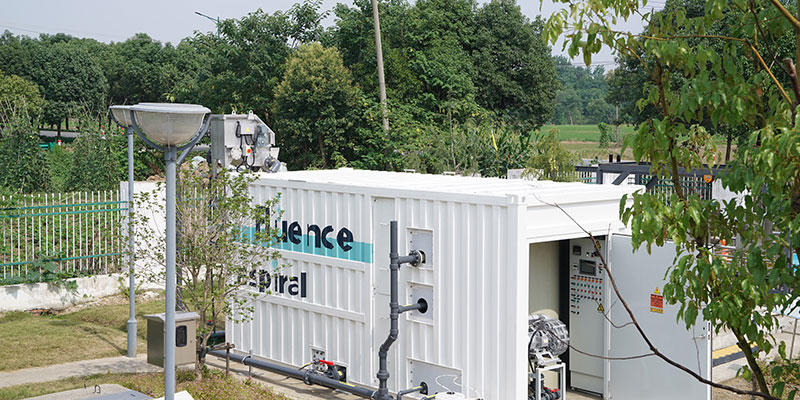
When aging infrastructure must be replaced, decentralization technologies, such as Fluence’s Aspiral™, offer a highly efficient and cost-effective alternative to centralized treatment facilities.
Agency will make $2.7 billion in funding available to states, tribes, and territories
Earlier this year, the United States Environmental Protection Agency (EPA) announced it would make $2.7 billion available to State Revolving Funds (SRFs) to help U.S. states, territories, and tribes develop infrastructure to protect surface water and secure safe drinking water for communities nationwide.
Two SRFs act as infrastructure banks that provide low-interest loans. Through the Clean Water and Drinking Water State Revolving Funds, the EPA helps the states and the Commonwealth of Puerto Rico, a U.S. territory, capitalize SRF loans, and in turn, the states and Puerto Rico contribute 20% more to the grants to match the federal contribution. Infrastructure grant funding also is available to tribes, certain U.S. territories, and the District of Columbia.
The funds also can be added to EPA Water Infrastructure Finance and Innovation Act (WIFIA) loans to accomplish major infrastructure goals. Here’s how the funding is divided:
- $1.6 billion to the Clean Water State Revolving Fund (CWSRF)
- $1.07 billion to the Drinking Water State Revolving Fund (DWSRF)
- More than $64 million in CWSRF infrastructure grants to tribes, some U.S. territories, and the District of Columbia
- More than $50 million in DWSRF grants were made available to tribes, U.S. territories, and the commonwealth of the District of Columbia for upgrades to drinking water systems
DWSRF and CWSRF Financing Recipients
Specific allocations of these SRF funds recently were announced. Much of the funding will address the crisis of aging water infrastructure. Recipients include:
Vermont
Vermont will receive $18,791,000. Vermont Department of Environmental Commissioner Peter Walke explained:
The State Revolving Funds help Vermont communities tackle the challenges associated with aging drinking water and wastewater infrastructure. Earlier this year, SRF money helped the Town of Bennington initiate an $11 million project to replace all lead service lines in the area.
The Vermont SRF announcement came in October, Children’s Health Month, and the funds will significantly advance testing for lead in drinking water, which poses a significant danger to developing children.
Hawaii
A combined $23,319,000 million in SRF financing ($12,308,000 from the CWSRF and $11,011,000 from the DWSRF) is bound for Hawaii. The CWSRF funds are expected to be applied toward upgrades of old wastewater infrastructure, water-reuse programs, and the handling of stormwater. The DWSRF funds will likely be applied toward helping drinking water systems install treatment for specific contaminants, upgrading distribution systems by eliminating lead service pipes, and building in resilience against natural disasters like flooding.
California
$252,873,000 of the SRF financing is on the way to California, where it will be administered by the California State Water Resources Control Board. It comes in addition to an award of $42 million earlier this year from the Additional Supplemental Appropriation for Disaster Relief Act (ASADRA). The $42 million will address damage to wastewater treatment infrastructure of Association of California Water Agencies (ACWA) member agencies. These include the Paradise Irrigation District and the Montecito Water District, which cover areas devastated by wildfires.
Decentralized Water and Wastewater Treatment
As the nation allocates resources to cope with the effects of natural disasters and the replacement of aging infrastructure, many new technologies and strategies have been proven to offer superior, less expensive alternatives to large treatment plants and their extensive pipelines.
For instance, small, modular plants can be efficiently used for decentralized wastewater treatment and desalination at the point of demand. Reuse programs can also turn wastewater into a resource and help make the most of every drop of available water.
Contact Fluence to learn more about decentralized treatment solutions to upgrade your wastewater treatment systems with resilient, efficient technology.
